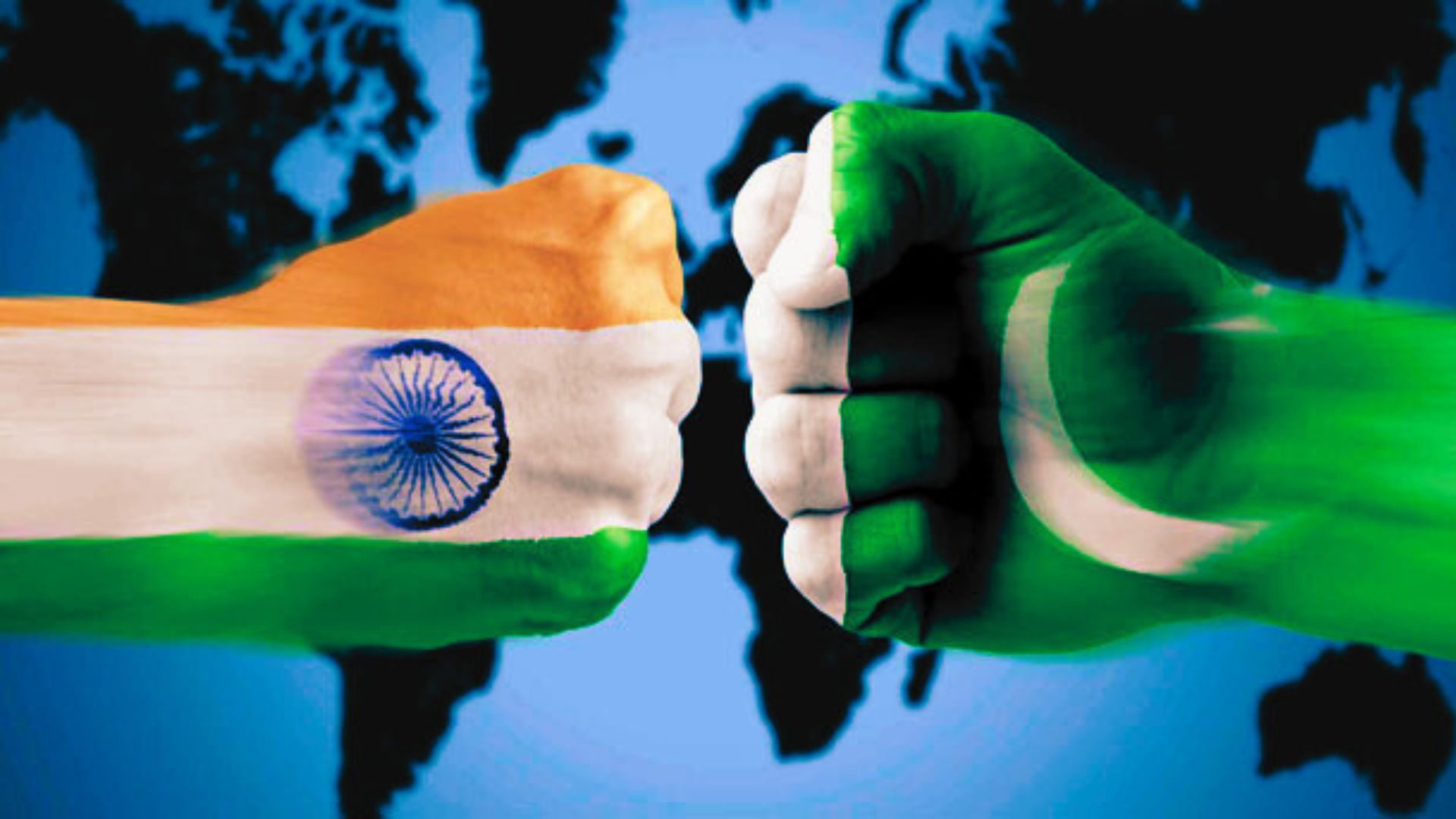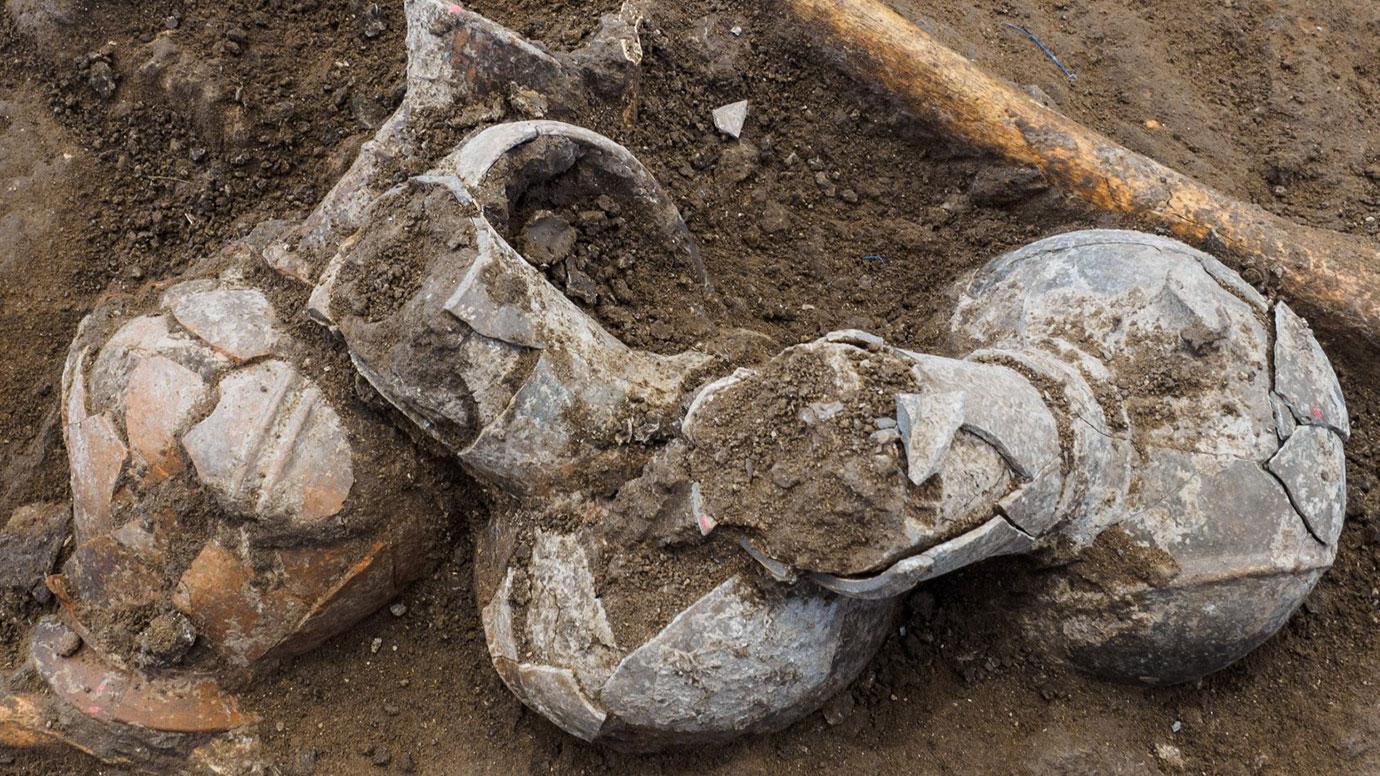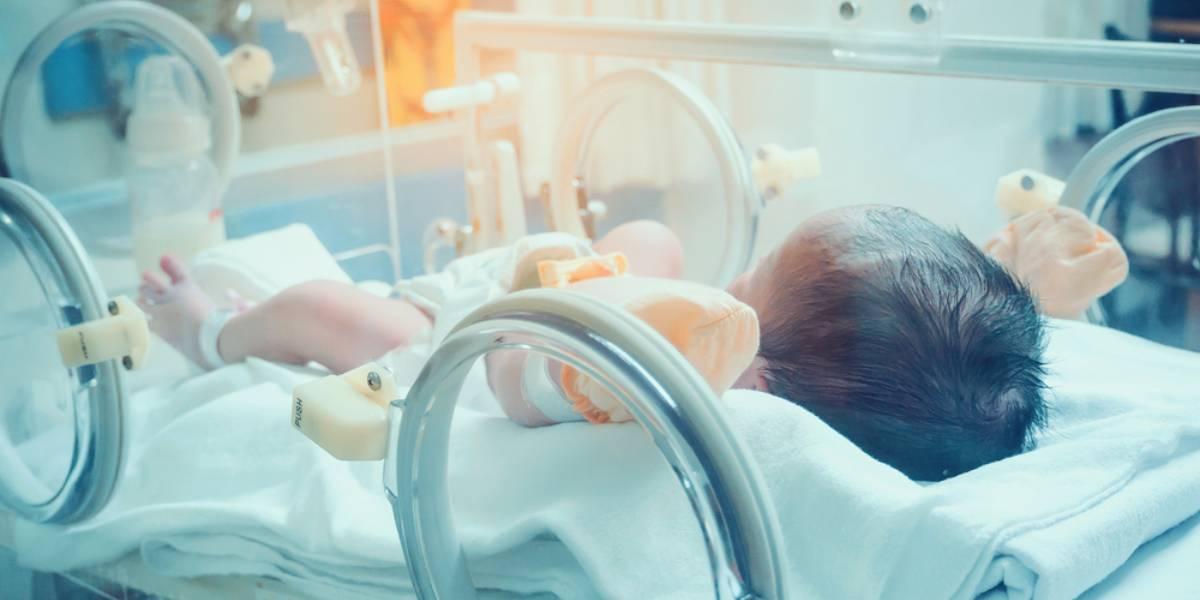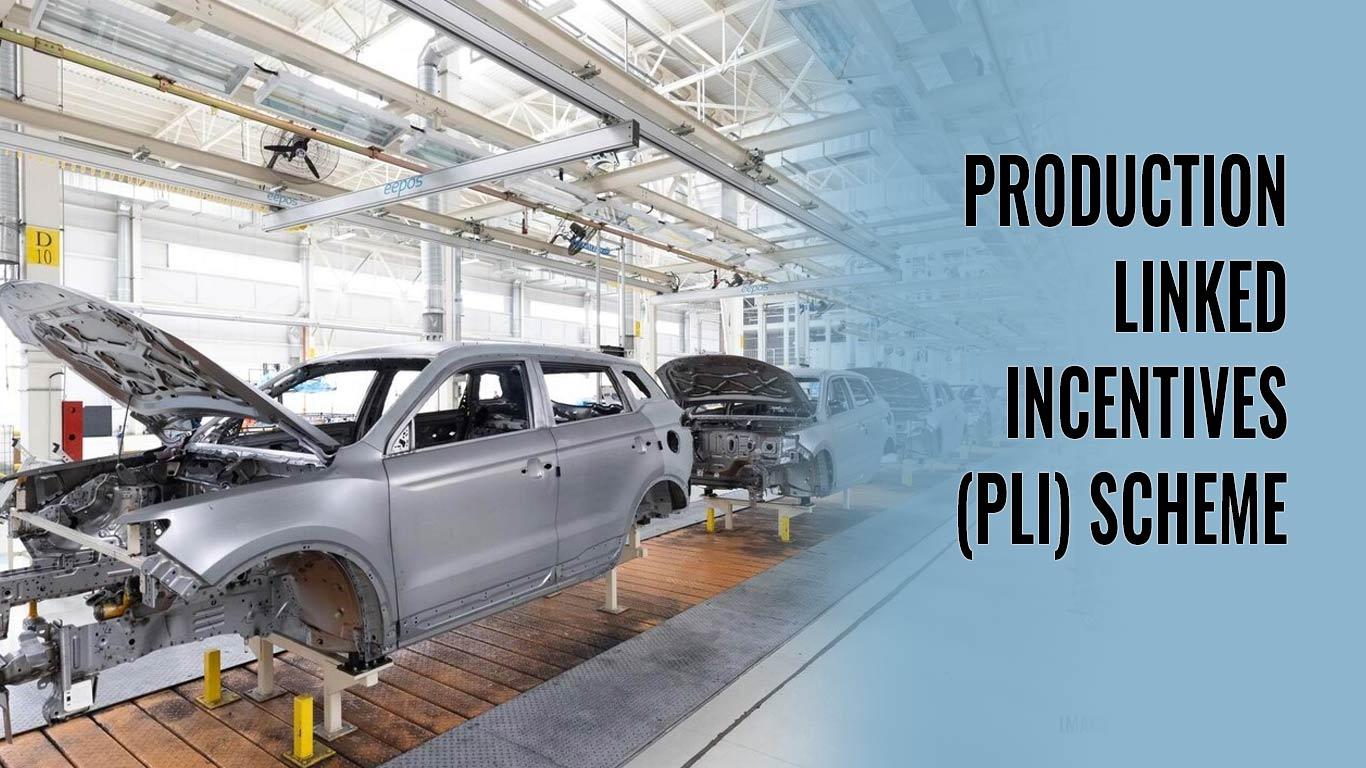NREGS payments: Aadhaar-based system mandatory now, Govt says may consider exemptions on case basis (Indian Express)

- 02 Jan 2024
Why is it in the News?
With the Aadhaar-based payment system (ABPS) now mandatory for payment of wages to NREGS workers, the Government on Monday said it may consider exemptions on a “case-by-case basis” should any gram panchayat face “technical issues”.
What is the Aadhaar Enabled Payment System (AePS)?
- The Aadhaar Enabled Payment System (AEPS) is a payment service that allows a bank customer to use Aadhaar as his/her identity to access his/her Aadhaar-enabled bank account and perform basic banking transactions like balance enquiry, cash withdrawal, remittances through a Business Correspondent.
- It is a service developed by the National Payments Corporation of India.
Key features of AePS:
- Aadhaar-linked transactions: AePS enables Aadhaar card holders to make transactions through their Aadhaar-linked bank accounts, similar to debit/credit card transactions.
- Biometric authentication: Transactions are completed by submitting the Aadhaar number and biometric details (iris or fingerprint scan) at Points of Sale (PoS) or micro ATMs, using Aadhaar authentication.
- Bank account privacy: Users are not required to share their bank account details during the transaction, enhancing privacy and security.
- Fund transfers: AePS allows users to transfer funds between bank accounts, providing a convenient way to send and receive money.
- Secure transactions: AePS transactions are considered safe and secure as they require biometric authentication, ensuring the identity of the user.
- By leveraging the Aadhaar infrastructure, AePS simplifies and secures financial transactions, making it accessible to a wide range of individuals, particularly those who may not have access to traditional banking services.
ABPS Implementation for NREGS:
- Since 2017, the Mahatma Gandhi National Rural Employment Guarantee Scheme (NREGS) has adopted the Aadhaar-enabled Payment System (ABPS).
- This system involves linking workers' 12-digit Aadhaar numbers with their job cards and NREGS workers' bank accounts.
- With nearly universal coverage of Aadhaar numbers among the adult population, the Government of India opted to expand ABPS for beneficiaries within the scheme.
- Payments are exclusively directed through ABPS to the associated accounts, ensuring a secure and swift method of fund transfer.
- Out of the total 14.33 crore active beneficiaries, Aadhaar has been successfully linked for 13.97 crore individuals.
- Among these Aadhaar-linked beneficiaries, 13.34 crore Aadhaar authentications have been completed, making 81.89% of active workers eligible for ABPS.
- In July 2023, approximately 88.51% of wage payments were executed through the Aadhaar-enabled Payment System.
Mandatory Adoption of ABPS for NREGS Workers:
- Initially mandated by the Rural Development Ministry starting from February 1, 2023, the implementation of the Aadhaar-enabled Payment System (ABPS) witnessed several extensions, ultimately being permitted until December 31, 2023.
- As of January 1, 2024, ABPS has become obligatory for NREGS workers, with no further extensions granted to states beyond December 31.
- The integrated approach of ABPS and the National Automated Clearing House (NACH), an interbank system, will be employed for bulk payments, including subsidies and salaries.
- The use of ABPS for wage payments to unskilled workers ensures the seamless transfer of benefits to their bank accounts, even in instances of frequent changes in the beneficiary's bank account.
Exemption Decision in the Event of Technical Issues:
- If a gram panchayat encounters technical or Aadhaar-related challenges, the Government of India may evaluate exemptions from Aadhaar-enabled Payment System (ABPS) requirements on a case-by-case basis until the resolution of the issue.
- This announcement followed criticism from opposition parties, labeling ABPS as a harsh New Year measure that could potentially exclude millions of the most vulnerable and marginalized Indians from accessing basic income.
- The government was accused of "weaponizing technology, especially Aadhaar.
India, Pakistan exchange list of nuclear installations and facilities (ET)

- 02 Jan 2024
Why is it in the News?
India and Pakistan exchanged the list of nuclear installations and facilities, covered under the Agreement on the Prohibition of Attack against Nuclear Installations and Facilities between the two countries.
About the Prohibition of Attack against Nuclear Installations and Facilities:
- The Agreement on the Prohibition of Attack against Nuclear Installations and Facilities, also known as the India-Pakistan Non-Attack Agreement, was signed on 31 December 1988 and became effective on 27 January 1991.
- It was signed by the then Pakistani PM Benazir Bhutto and Indian PM Rajiv Gandhi.
- According to this agreement, both India and Pakistan are required to annually communicate the list of nuclear installations and facilities covered by the agreement on the first of January of each calendar year.
- The agreement stipulates that neither party shall engage, directly or indirectly, in any actions aimed at causing destruction or damage to any nuclear installation or facility in the other country.
- The term 'nuclear installation or facility' encompasses nuclear power and research reactors, fuel fabrication, uranium enrichment, isotopes separation, reprocessing facilities, as well as any other installations involving fresh or irradiated nuclear fuel and materials in any form, along with establishments storing significant quantities of radioactive materials.
Need for the Agreement:
- In 1986, heightened concerns arose when the Indian army conducted a large-scale exercise named 'Brasstacks,' prompting fears of a potential assault on nuclear facilities.
- Subsequently, negotiations ensued between the two nations aimed at fostering an understanding regarding the management of nuclear weapons, ultimately leading to the formulation of the treaty.
Importance of the Agreement:
- Both nations reiterate their dedication to enduring peace and the cultivation of amicable and harmonious bilateral relations.
- They recognize the significance of confidence-building measures in fostering such relations built on mutual trust and goodwill.
- The potential consequences of even a limited nuclear exchange between India and Pakistan are grave, with the potential to cause the loss of 20 million lives within a week.
Radiocarbon dating brought the first verifiable way to keep time to many fields of science, significantly transforming them (The Hindu)

- 02 Jan 2024
Why is it in the News?
From thermodynamics to GPS, from social systems theory to studies of consciousness, time plays an essential role in how we study, interpret, and understand the natural universe and the peoples and technologies that occupy it.
What is radiocarbon dating?
- Radiocarbon dating is a technique employed to determine the age of an object by utilizing radiocarbon, a specific isotope known as carbon-14.
- Formation of Carbon-14: Carbon-14 is generated in the Earth's atmosphere through a process initiated by cosmic rays—energetic streams of charged particles originating from outer space.
- These cosmic rays collide with atmospheric gas atoms, releasing neutrons in the process.
- When these neutrons interact with nitrogen-14 isotopes, carbon-14 is produced.
- Given the continuous influx of cosmic rays penetrating the Earth's atmosphere, a constant production of carbon-14 takes place.
- Subsequently, this newly formed carbon-14 readily combines with atmospheric oxygen, resulting in the creation of radioactive carbon dioxide.
- The carbon-14 compound enters various ecosystems through the carbon cycle, including plants (via photosynthesis), animals (through the consumption of plants), and other forms of biomass.
- It assumes the form of carbon dioxide and other carbon compounds, facilitating its diffusion into the Earth's diverse ecosystems.
- This ensures that the concentration of carbon-14 in the atmosphere remains comparable to its concentration in the planet's other biospheres.
How does radiocarbon dating work?
- The process of radiocarbon dating hinges on the principles of carbon exchange within living organisms, such as the human body.
- While alive, these organisms continuously interact with their environment by engaging in activities like breathing, consuming food, excreting, and shedding skin.
- During these dynamic processes, carbon-14 is both released from the body and replenished, maintaining a relatively constant concentration within the organism that is in equilibrium with its surroundings.
- However, upon death, the cessation of these activities results in a diminishing concentration of carbon-14 in the body due to radioactive decay.
- As time elapses, the quantity of carbon-14 steadily decreases, and its decay rate can be theoretically predicted.
- Radiocarbon dating assesses the age of an object by measuring the remaining amount of carbon-14, a value used by scientists or computers to estimate the time since the organism's demise.
- In contemporary radiocarbon dating methodologies, advanced techniques are employed, with one of the most sensitive approaches being accelerator mass spectrometry (AMS).
- This sophisticated method allows for the analysis of organic samples as minute as 50 mg, enhancing the precision and accuracy of radiocarbon dating.
What are the limitations of carbon-14 dating?
- Age Restriction: Carbon-14 dating is effective for dating organic materials up to approximately 60,000 years old.
- Sample Size Requirements: Conventional radiocarbon dating necessitates relatively large samples, typically ranging from 10 to 100 grams (0.35 to 3.5 ounces), depending on the material being analyzed.
- Advancements in Sample Size: While newer dating methods have emerged that can work with smaller sample sizes, allowing for analyses with quantities as low as 20 to 50 milligrams (0.0007 to 0.0018 ounces).
- Contamination Sensitivity: Radiocarbon samples are highly susceptible to contamination, making it crucial for accurate dating that they remain clean and well-preserved throughout the analysis process.
Two-Month-Old Infant Breaks Records as Youngest to Undergo Successful Bone Marrow Transplant in Mumbai (Times Now)

- 02 Jan 2024
Why is it in the News?
A two-month-old girl, diagnosed with the rare disease ‘bubble baby syndrome,' becomes the youngest to receive a bone marrow transplant from an unrelated donor at Bai Jerbai Wadia Hospital for Children in Parel.
What is Bubble Baby Syndrome?
- 'Bubble baby syndrome,' medically known as Severe combined immunodeficiency (SCID) is a group of rare, life-threatening diseases that cause a child to be born with very little or no immune system.
- As a result, the child’s body is unable to fight off infections and can become very sick from infections like chickenpox, pneumonia and meningitis and can die within the first year of life.
- This condition falls under the category of primary immune deficiencies.
- The term "Bubble Baby Syndrome" is derived from the necessity for affected individuals to live in a highly controlled environment, as exposure to ordinary surroundings can pose fatal risks to children with SCID.
- What happens in Severe combined immunodeficiency (SCID)?
- In the developing fetus, the immune system originates in the bone marrow, where versatile stem cells can differentiate into three crucial types of blood cells: red blood cells, white blood cells (WBCs), and platelets.
- Among these, white blood cells, particularly lymphocytes, play a vital role in safeguarding the body against infections.
- Lymphocytes consist of two main types: B-cells and T-cells.
- T-cells identify, attack, and eliminate invaders, while B-cells produce antibodies that "remember" infections for future defence.
- SCID is classified as a "combined" immunodeficiency as it impacts both of these infection-fighting white blood cell types.
- In SCID, the child's immune system exhibits either an insufficient quantity of lymphocytes or dysfunctional lymphocytes.
- Consequently, the compromised immune system struggles to combat various germs such as viruses, bacteria, and fungi, leading to recurrent and severe infections.
- Causes: SCID results from inherited mutations in multiple genes, with one or both birth parents passing down the condition to their child.
- Symptoms: Although infants with SCID may initially appear healthy, signs of the disorder may manifest shortly after birth. These symptoms include
- Failure to thrive
- Chronic diarrhoea
- Frequent, often severe respiratory infections
- Oral thrush (a type of yeast infection in the mouth)
- Other challenging-to-treat bacterial, viral, or fungal infections
- Treatment: SCID is considered a pediatric emergency, and without prompt intervention, affected babies are unlikely to survive beyond their first birthday.
- The primary treatment method involves a stem cell transplant, also known as a bone marrow transplant.
- In this procedure, the child receives stem cells from a donor with the hope that these new cells will reconstruct the compromised immune system, offering a chance for a healthier and more sustainable life.
Bone marrow transplant
- The most common treatment for SCID is an allogeneic bone marrow transplant, which will introduce normal infection-fighting cells into your child’s body.
- Allogeneic transplants use stem cells from a relative or an unrelated donor from the National Marrow Donor Program.
- An allogeneic bone marrow transplant involves taking cells from the bone marrow (the soft, spongy tissue found in bones) of a healthy donor and giving them to a child after the child’s diseased bone marrow has been eliminated.
- Doctors at Children’s Hospital will screen your child’s family for potential bone marrow matches.
- While a tissue-matched sibling offers the greatest chance of curing SCID, they are not often available.
- Instead, most patients receive bone marrow donations from their parents or unrelated matched donors.
Govt extends PLI scheme for the auto sector by a year with 'partial amendments' (Business Standard)

- 02 Jan 2024
Why is it in the News?
Recently, the Ministry of Heavy Industries announced the extension of the Production Linked Incentive (PLI) Scheme for Automobile and Auto Components by one year with "partial amendments".
PLI Scheme for Automobile Sector:
- The Union Cabinet approved the PLI-Auto Scheme in 2021, allocating a budgetary outlay of Rs. 25,938 crore for five years (FY2022-23 to FY2026-27).
- Aimed at enhancing the production of Advanced Automotive Technology (AAT) Products, the PLI-AUTO Scheme is designed to promote extensive localisation for AAT products and facilitate the development of both domestic and global supply chains.
- This scheme primarily targets Zero Emission Vehicles (ZEVs), specifically Battery Electric Vehicles and Hydrogen Fuel Cell Vehicles.
- In a recent amendment, the incentive period was extended to cover five consecutive financial years, commencing from the financial year 2023-24, with disbursement scheduled for the subsequent financial year, 2024-25.
- The amended scheme stipulates that approved applicants can avail benefits for five consecutive financial years, but the eligibility period will not extend beyond the financial year ending on March 31, 2028.
- Additionally, the amendments specify that if an approved company fails to meet the determined threshold for an increase in Determined Sales Value over the initial year's threshold, it will not receive any incentives for that particular year.
What is the Production-Linked Incentive (PLI) Programme?
- Around 5 years ago, the Indian government aimed to stimulate domestic manufacturing by encouraging more companies to produce goods.
- Recognizing manufacturing as a crucial driver of economic growth with a multiplier effect, wherein each job and investment in manufacturing positively influences other sectors, the government introduced the Production-Linked Incentive (PLI) scheme.
- Under the PLI scheme, both foreign and domestic companies engaged in manufacturing receive financial incentives from the government.
- The annual incentive payout is determined as a percentage of the revenue generated by these companies and is applicable for a period of up to five years.
